The technology behind solar farms is getting better and better, which is great news for the world of renewable energy.
This progress is a big plus, as it means we’re getting more power from the sun every day.
But it’s not all smooth sailing.
We’re still figuring out how to make these solar farms work even more efficiently and how to fit them seamlessly into our existing power grids.
So, in this article, I’ll try to cover the ins and outs of solar farm technology—how it’s evolving, what benefits it brings, and the challenges we’re facing.
Key Takeaways
- Solar farms are expansive setups that transform sunlight into electricity using many solar panels, serving as a clean renewable source.
- Solar farms significantly reduce emissions by harnessing renewable energy, offering a cleaner solution that combats climate change.
- You can decrease your energy bills with solar farms, and earn from excess energy returned to the grid through programs like the Smart Export Guarantee.
- Advances in solar technology are enhancing the efficiency and cost-effectiveness of solar farms, encouraging broader adoption and quicker installation times.
- Solar farms represent a long-term investment with low maintenance needs, providing financial benefits after the initial payback period.
What Are Solar Farms?
Solar farms are large setups that capture sunlight and turn it into electricity, similar to how plants use sunlight to make their food.
They do this using hundreds or even thousands of solar panels, which you might have seen on rooftops, but on a much larger scale.
In 2022, the electricity generated by solar farms made up 3.4% of all the electricity produced on a large scale in the U.S., with all types of renewable energy combined accounting for 21%.
Solar farms are usually built in big, open areas where they can get a lot of sunlight, turning spaces that aren’t being used much.
There’s also something new and pretty cool happening with solar farms: some of them are being placed on water.
This is especially handy in places where there isn’t a lot of extra land to build on.
Countries in Asia and some U.S. states, like California and Florida, are starting to use these “floating” solar farms.
They generate power and help save water by reducing how much evaporates in the sun.
What Are the Pros of Solar Farms?
1. Use Renewable Energy Source
Relying on resources like oil and coal for our energy isn’t ideal because they won’t last forever.
We all want to be sure that we’ll have energy not just now, but also in the future.
One big problem with these resources is that they take a long time to come back once we’ve used them up.
Scientists say it could take millions of years for something like petroleum to be made naturally again!
But here’s the good news: solar farms use energy from the sun, and the sun isn’t going anywhere anytime soon.
It’s expected to keep shining and providing us with energy for another 10 billion years.
So, by using solar farms, we’re tapping into a power source that’s not running out anytime soon.
2. Nearly Zero Emissions
Power plants that use fossil fuels release a lot of harmful gases and pollutants into the air, contributing to global warming and climate change—big problems for our planet.
In contrast, solar farms generate electricity without using fossil fuels, making them a cleaner and more planet-friendly option.
It’s worth mentioning, though, that creating, setting up, and looking after solar panels does release some pollutants.
However, this amount is much smaller compared to what comes out of traditional power plants.
So, overall, solar farms are a much greener choice for generating electricity.
3. Decrease Reliance on Fossil Fuels
As we build more solar farms, we reduce our dependence on fossil fuels for making electricity.
This means the U.S. doesn’t have to buy as much oil from other countries, which is good for our economy.
Using more solar power also means we’re less dependent on others for our energy needs, making our country more self-sufficient and secure.
Just look at India and China – they’ve built large solar power plants, which has made them less reliant on outside energy sources.
This is a great example of how solar energy can help a country stand on its own.
4. Lower Electricity Bills
When you use solar energy from solar farms or panels, you make your electricity.
This means you don’t need as much from the main power network, which lowers your electricity bill.
How much you save depends on how big your solar setup is and how much electricity you use.
If you’re a business with big solar panels, you could also save a lot of money because your energy use is higher.
But there’s more!
You can make money from your solar setup.
In places like the UK, there’s a system called the Smart Export Guarantee (SEG).
It lets you get paid for any extra electricity you create but don’t use, which then goes back into the main power network.
6. One-Time Investment
Starting a solar farm is like making any big financial investment where you put in money upfront.
But the good part about solar farms is that you only need to invest once.
You don’t have to keep buying fuel like gas to keep them running.
Solar farms just keep on working for many years, needing only some regular cleaning and maintenance to keep producing energy.
Now, when it comes to making your money back, solar farms typically start paying off after about eight years.
After covering the initial costs, you can expect to make a profit of about 10-20% every year.
This means that in about 8.7 years, you’ll see significant financial benefits from your investment in solar energy.
7. Quiet, Simple, & Safe
When you think about fossil fuel power plants, imagine the noise, complex operations, and the possibility of dangerous chemicals leaking.
Now picture solar farms, which are much quieter, only producing a soft hum when they convert the energy they collect into usable power.
Unlike fossil fuel plants, solar farms don’t have moving parts or dangerous chemicals, making them a safer choice for generating energy.
Plus, solar farms look better in the landscape.
They’re designed to fit in with the surroundings, making them less of an eyesore compared to traditional power plants.
8. Low Maintenance
Setting up a solar farm might be pricey at first, but the good news is they’re pretty low maintenance once they’re up and running.
They don’t have parts that move and wear out, so you don’t need to oil or fix things regularly.
Once you build it, solar farms can keep running for decades with minimal upkeep and repairs.
All they need is semi-annual cleaning, allowing them to run for up to two decades without a single tune-up.
This is way easier compared to traditional gas plants, which need a lot of attention and costly fuel to keep going.
9. Virtually Every Country Can Benefit from Solar Farms
The sun reaches every corner of the Earth, so sunlight is everywhere.
Even in places like Kiruna, Sweden, one of Europe’s darkest spots, you can still use solar farms to make electricity.
This means you could set up a solar farm just about anywhere, although some places are better for it than others.
For instance, areas near the equator or those with long days of sunlight are ideal.
Nowadays, thanks to the internet, you can find out how to start a solar farm right at your fingertips, even if you’re not an expert in solar engineering.
While it’s a big project that requires a significant investment, solar farms are a solid choice for anyone interested in generating solar energy.
10. It Allows Everyone to Benefit from Solar Power
You don’t have to put solar panels on your roof to use solar energy.
Lots of people can’t install panels because they don’t have enough space or their homes don’t get enough sun.
And if you live in an apartment, putting up solar panels might not be an option at all.
But there’s a solution: community solar farms.
These are places where lots of solar panels are set up in one location, and people in the community can use the electricity they generate.
So, even if you can’t have panels on your roof, you can still benefit from solar power.
All you need to do is buy a share in a solar farm, and you’ll start seeing savings on your electricity bill.
11. Boost the Local Economy & Create Jobs
Solar farms don’t just generate clean energy; they also boost the economy by creating jobs.
When a new solar farm is built, it needs workers to set it up and maintain it, which means more people have jobs.
These workers need places to live and other things, which helps local businesses too.
While most of the hiring happens when the solar farm is first built, there will always be a need for local electricians and technicians to take care of it.
So, even after the solar farm is up and running, it continues to provide some jobs and support the community.
What Are the Cons of Solar Farms?
1. A Threat to the Local Environment
To set up a solar farm, developers look for big, flat areas of land, ideally places that get a lot of sunshine.
Often, these spots are open fields, where animals live and plants grow, or where farmers grow crops.
When solar farms are built on farmland, there can be less land for growing food, which might lead to problems like soil erosion.
Also, putting up a solar farm can change the natural homes of animals and plants, possibly upsetting the balance of the local ecosystem.
2. Solar Waste
The solar industry is dealing with an increasing problem known as photovoltaic waste, or solar waste for short.
This refers to solar panels that are thrown away because they’re too old to work effectively.
The International Renewable Energy Agency (IRENA) predicts that by the early 2030s, there will be a large amount of this waste, and it could grow to millions of tons by 2050.
However, there’s a silver lining: solar waste can be recycled.
Some companies are already finding ways to take old panels and use the materials again for new products.
But to tackle this issue, we need more action from governments and businesses involved in solar power to create a strong recycling program for these old panels.
3. Seasonal Output & Sun Dependence
Solar farms generate electricity by capturing the sun’s rays, but the sun isn’t always shining.
For example, solar farms’ energy production decreases dramatically during winter.
Plus, the sun is strongest in the middle of the day, so there’s less solar power available in the mornings and evenings.
This inconsistency means that those who manage our power grids have to find other energy sources to make sure we have enough electricity all the time.
To help with this, we use things like hydroelectric power (which comes from moving water), solar batteries that store energy, and other types of power to fill in when solar energy isn’t enough.
This issue is illustrated by something called the solar duck curve, which shows how solar energy peaks and then drops, creating a need for other energy sources to step in.
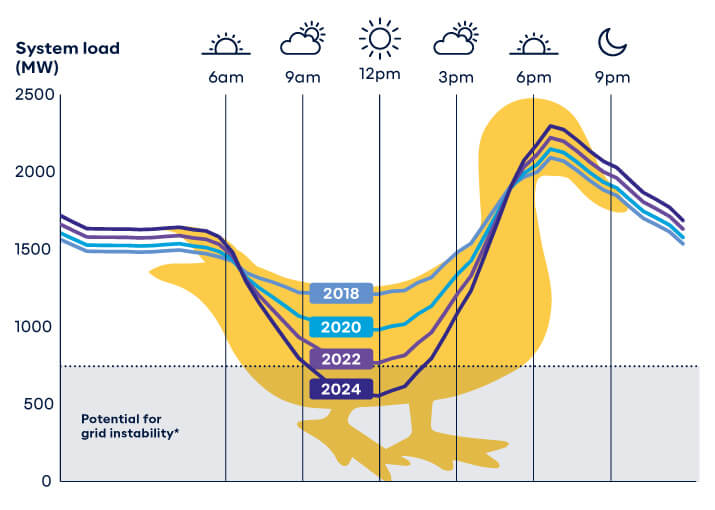
4. Low Capacity Factor
The capacity factor is a way to measure how well a solar farm is doing compared to what it could potentially do.
It’s like comparing the actual amount of electricity the farm produces to the maximum it could produce if it ran at full blast all the time.
For solar farms, this number is pretty low, about 24.5%.
This means they only produce their full power for about 8 hours a day when the sun is out and shining strong.
This isn’t as much as coal or gas plants, which can run all day and night, providing power around the clock.
5. Expensive
Building solar farms requires a significant amount of money upfront because the technology and materials are quite costly.
When you factor in the expenses for transporting and setting up the solar panels, the costs add up even more.
According to the Solar Energy Industries Association, the cost to set up a solar farm ranges from $0.85 to $1.07 for every watt of power it can produce.
So, for a medium-sized 5 Megawatt solar farm, the total initial cost can be as much as $5.35 million.
In comparison, setting up a natural gas plant is cheaper, costing about $0.676 per watt.
This makes solar farms seem expensive at first glance.
However, solar power is becoming more popular every day, and the technology is continuously improving.
As a result, the cost of producing a watt of solar energy is expected to keep going down, making solar power more accessible to more people.
Countries like the United States, Australia, and Germany are leading the way in developing efficient solar technologies that make solar energy an economically smart choice in the long run.
6. Expensive Energy Storage
Solar panels work by capturing sunlight to generate electricity, but they can only do this during the day.
To use solar energy at night, we need a way to store it, and that’s where energy storage systems, like batteries, come in.
However, these systems are quite pricey.
For example, the solar battery cost, like the Tesla Powerwall 2.0, can be around $8,500 to $10,000, not including the installation cost.
While this might seem expensive, it’s important to remember that solar technology constantly improves.
As it gets better, we can expect these storage systems to become more affordable, making solar energy a practical option for more people.
7. Take a Lot of Space
As I said before solar farms need an enormous amount of land and space to work efficiently.
For instance, Bhadla Solar Park in Rajasthan India is the world’s largest solar farm, occupying 14,000 acres!
And these solar farms need to be built in clear, open spaces with no obstacles or trees blocking solar panels from the sun.
In other words, they need to be built in sunny, dry areas with no shade.
All of this can make solar farm construction difficult and expensive since finding the perfect spot for solar farms is hard.
8. Solar Technology Is Still Inefficient
Despite all the solar advancements, solar technology still needs improvement.
In reality, the majority of modern models come with an approximate 20% efficiency rate.
This means that 80% of incident energy is wasted and only a fifth is converted into usable electricity.
And without a doubt, the performance efficiency of solar farms will be well below 20%.
This is because solar farms will experience solar panel shading, dust accumulation, temperature effects, and other related design issues that can influence their output.
FAQs
What Are the Advantages and Disadvantages of a Solar Farm?
The advantages are that they produce renewable energy, reducing carbon emissions. The disadvantages are that they require significant land use and can disrupt local ecosystems.
What Are the Advantages and Disadvantages of Solar Energy?
The advantages are that solar energy is sustainable and reduces reliance on fossil fuels. The disadvantages are that it’s intermittent, depending on weather and time of day, and requires substantial initial investment.
Is It Safe to Live Next to a Solar Farm?
Living next to a solar farm is generally safe as it produces minimal noise and no pollutants, but some express concerns about land use and visual impact.
Conclusion
As promised, we’ve covered the dynamic landscape of solar farm technology, from its promising advancements to the persistent challenges.
But here’s a pro tip: if you’re considering the leap into solar energy, think local but act global.
Engage with community solar projects or advocate for renewable policies in your area.
Your involvement can ripple outward, contributing to a global shift toward sustainable energy.
If you have any questions, feel free to leave them in the comments section below.

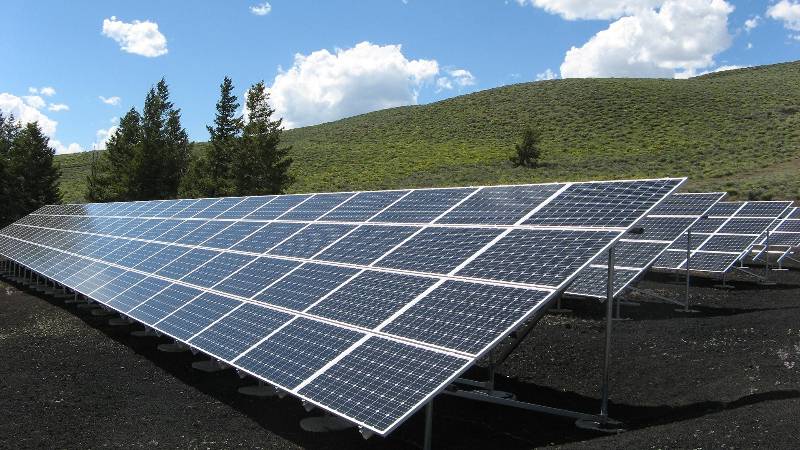
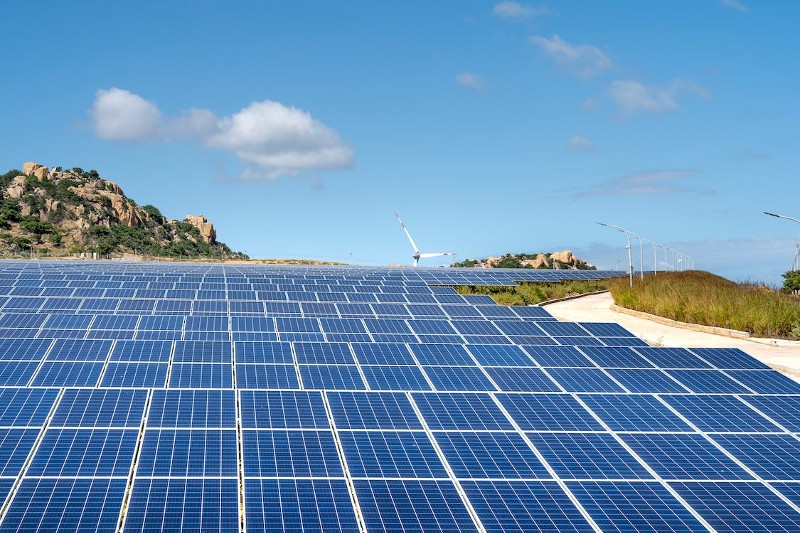
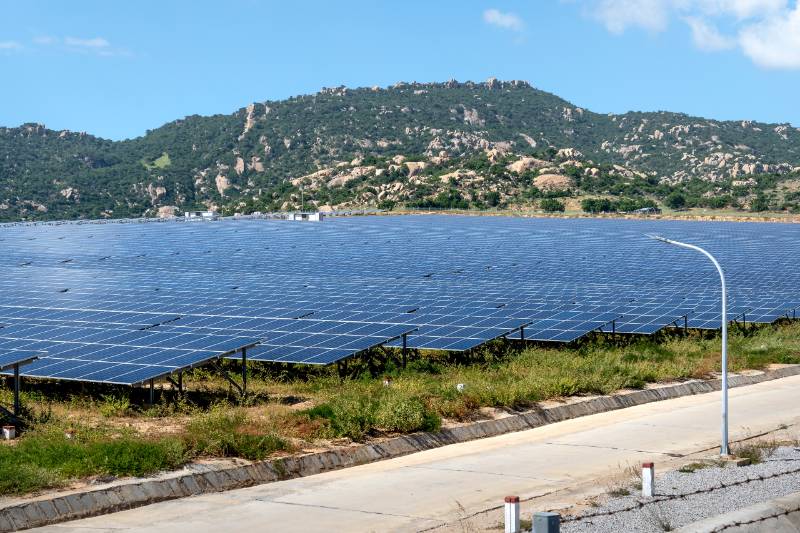
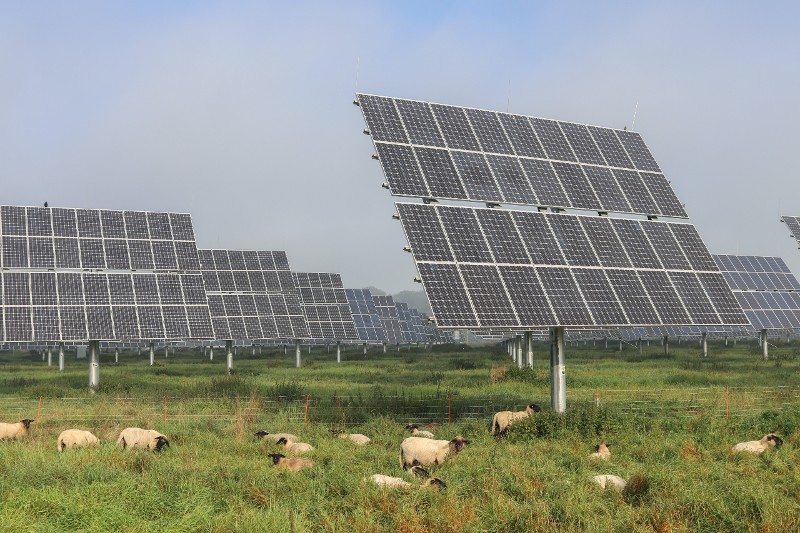
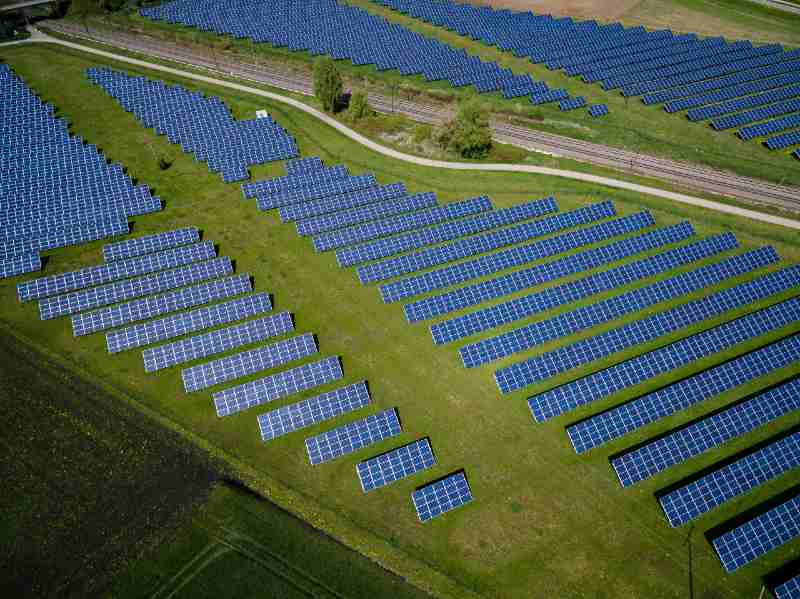
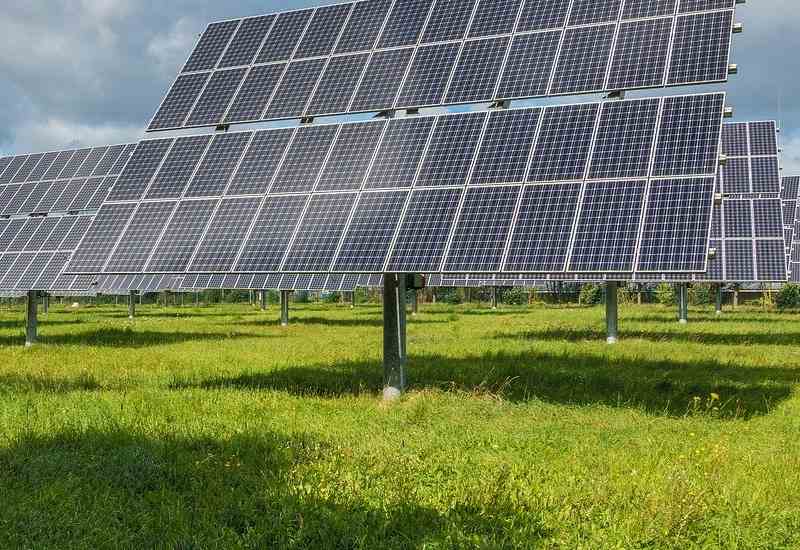
I have 22 acres in south Texas and I was considering setting aside about 10 acres for a small solar farm. The land is free and clear of debt. I have some cash but not enough to fund the whole project. Any suggestions???
Thank you
Hugh McClellan, hsmc2@wt.net